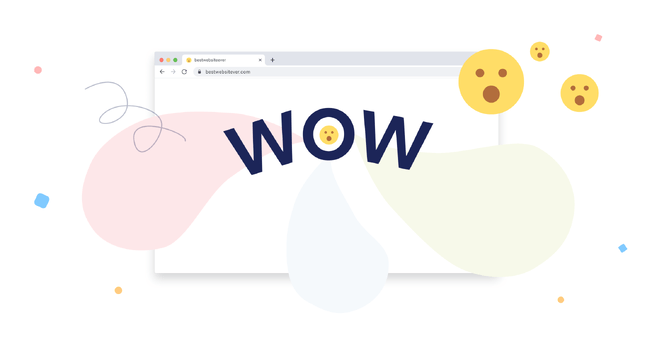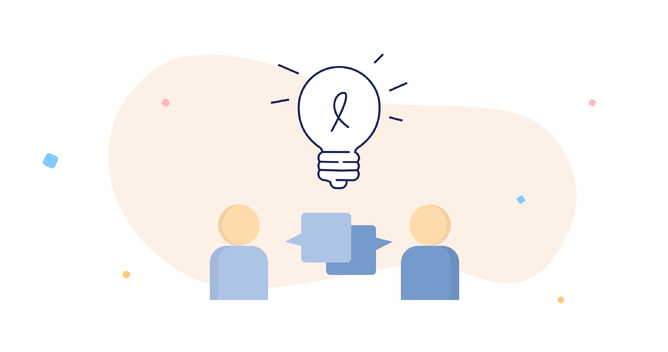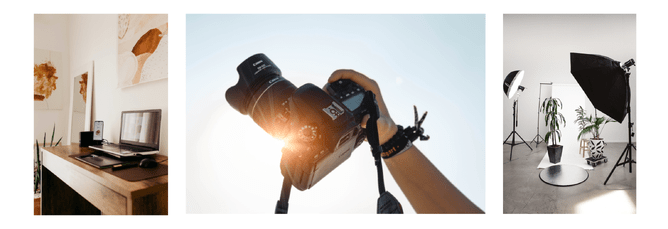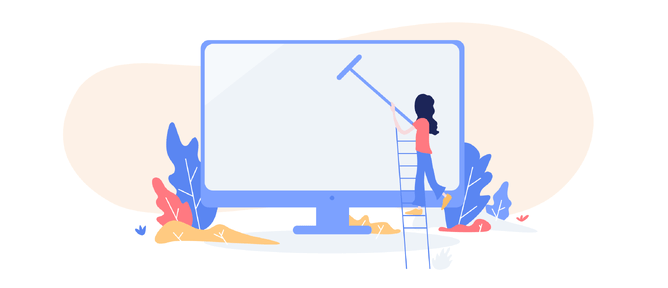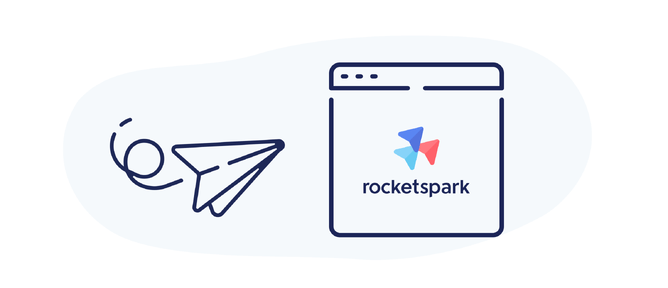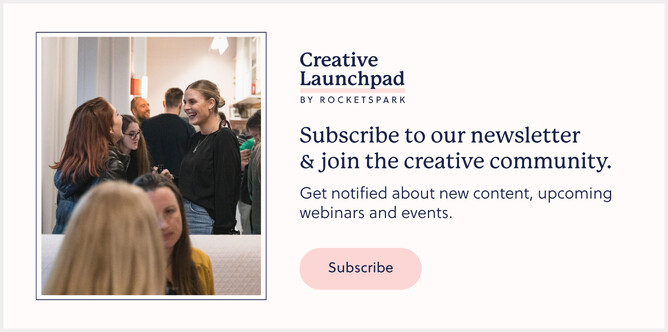So you’ve won over the client and they’ve decided to put their hopes and dreams in your hands to design their website. For many small businesses, a website is a significant one-off cost outside of their regular operating expenses, even at the bottom end of pricing ranges for design and build packages. When someone is spending big with a service provider, there can be a fair amount of client stress involved. The client has done their best to choose who they perceive to be their best value provider but until you’ve backed it up by delivering a great result, there can be a lot of client anxiety.
Understanding small business owners
Many small business owners are very much still on the tools. Putting up signage, timber frames or truck hoists. For many of these business owners, they transitioned from being a tradie to becoming a tradie that owns a business. Except for professional services businesses, many won’t have a business degree or have spent any time in corporate marketing.
When we were designing websites for clients in the past (before we started referring all web design leads to Rocketspark Design Partners!), we found that large agency style techniques of elaborate brand storytelling followed by wireframe layouts, placeholder images and lorem ipsum placeholder text struggled to connect with small business owners. They want confirmation that you can create a look that represents them well, as early on as possible. Small business owners tend to struggle to imagine how the website might look once the wireframe has colours, typography, professionally taken images, carefully crafted copy.
So how can you nail the first impression without spending too much time on an unproven design?
Be careful not to try and design an entire website before showing the client. If the client hates it, you’ve wasted a lot of time.
1. Take a very detailed brief
Capture as much information as you can about the clients preferences and what they’re wanting to achieve with the website. Also seeing a few examples of websites they love and finding out why they love them can help give an initial steer on design preferences. If the client’s examples don’t look great, address concerns with them early and you may find they agree with you and there’s something else about the design that is important to them than the part that looks bad.
2. Get professional photos before starting design
Professionally taken photos can make a huge difference to the outcome of a design and by winning the client over early with photos they love, you know that if you use those photos in the design, you’re already most of the way there to delight them with the design. We added it to our terms and conditions that we wouldn’t start design until text content and images were supplied (whether the client was producing them or getting them prepared professionally).
3. Present a website strategy to the client before starting the design
A simple website strategy (1-2 pages max) on how you plan to nail the client’s brief gives you a chance to proof check the direction you’ll take with the design before the client sees anything you’ve designed. If the first concept lines up with the strategy, there should be no surprises for the client.
4. Get content for a proposed home page early
If you’re using a content writer, see if you can get home page headings and key points/messages before designing a home page mockup. The paragraph text is easy to tweak later but avoid using lorem ipsum as clients struggle to connect with this.
5. Design two home page mockups
Use the professionally taken images and home page first draft copy to design two proposed home pages. This is more than a home page that you’re presenting though—it’s a visual identity for the website. You’re saying, “if we design the other pages in this style—do you like it?”. The advantage of doing two concepts is that if there’s something they don’t like about one, they can mix and match the parts they like from each. If you have a clear brief, good images, good branding and content, the two concepts should have a lot of similarities so it’s more variation of layout and slight colour changes than designing two hugely different approaches—which would likely confuse the client as to which way they should go. With the copy stacks and copy page features on Rocketspark this is so easy to do.
We recommend designing the two home pages on the same site so it’s easy to copy stacks from one to the other. We used to present three concepts but found there to be too many options for the client to decide on and when the brief was clear, it was difficult for the designer to create enough variations without one of the designs meeting the brief less effectively than others.
6. Send the design to the client, then follow up over the phone
Presenting the home page concept in person can feel like a real rockstar moment if the client loves it but it can also be off-putting for some clients who want time to digest and maybe show some friends and family. Some clients will say they like it initially and then when given time to process, hone in on aspects they don’t like. Give the client time to process but don’t leave it too long as some people may ruminate too long on the aspects they don’t like. To present the project to the client via email, we would supply a few paragraphs of written design rationale for each concept and how it relates to the brief. This would remind the client and keep them focussed on their original brief. We've found that calling the client to discuss their reaction either later that day or the next day is the best way to alleviate the fallout if they don’t like the design. We’d often say “we’ll give you a call in 2 days to check in” so that there was an expectation for feedback in a timely manner. If they love the design, they’re likely to send an email back quickly acknowledging that.
7. If you’ve been struggling to wow clients, run it past us
For some designers, wowing clients is a regular thing but if you’re struggling to create a great first impression, send the design to us before you send it to the client and we’d be happy to give some pointers for improving the design.
8. Constantly be keeping connected with industry trends
There are a huge amount of examples on the internet and social media of great web design examples. Constantly be checking for inspiration—not to rip off other people’s designs but to be inspired by them and learn from them.
What are the benefits of nailing the first design pitch?
This psychology of winning people over with a concept pitch via minimal effort is often utilised when large ad agencies are trying to win over a new client. A client could be worth hundreds of thousands of dollars to some agencies, so spending a week or 2 on a concept for free is a gamble many agencies are willing to take.
At the small business scale, there are some major benefits to nailing that first impression of the design and investing in the wow.
- Rather than spending time going round in circles revising the home page design, you can move on to designing the other pages, shortening the overall timeframes of the project.
- The client is going to trust what you do on the remainder of the project and less likely to challenge you on other designs you present.
- The client is going to feel like you delivered the website they love. If the final website is heavily influenced by the client’s suggested changes, they won’t see as much value from their service and as a result are less likely to promote your services to other clients. In the web design industry, positive word of mouth from great design can be a huge driver for growth. If your client’s websites are a bit of a snooze-fest on the design front, you’re also less likely to get word of mouth leads.
Losing control is time-consuming
Remember that this is a big investment for the client. If they are underwhelmed with the first design they see, it’s common for clients to start to call the shots on design in a hopeful attempt to see value from their investment with you. In this scenario, clients have ideas for improving the design but typically lack the design know-how to strategically fix or even articulate the issues they see with the design.
Hooked on a feeling
That feeling of walking away from a client meeting where they love what you’ve designed is really satisfying as a designer.
